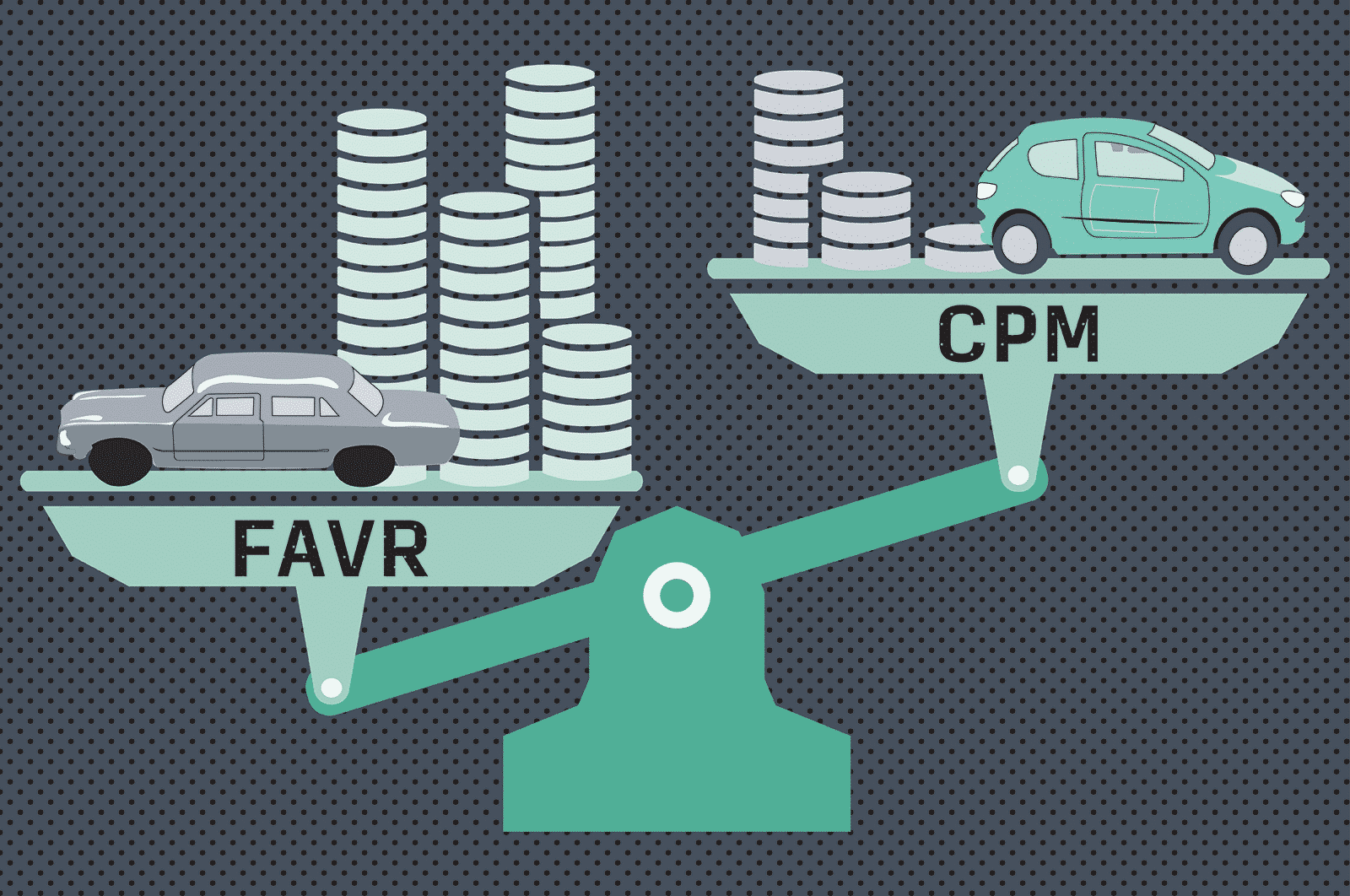
What is FAVR
As per IRS, the common expenses paid or incurred by an Employee in driving their owned/leased vehicle, associated with their job for their employer. The FAVR allowance rate is based on expense data in the employees base location (usually home or where they operate)
FAVR is broken into 2 separate payment structures
– Periodic Fixed Payment (paid at least quarterly): Covers the projected Fixed cost, comprising – Depreciation or Lease Payments, Registration and License fees, personal property taxes
– Periodic Variable Payment: covers the projected Variable cost comprising – fuel incl taxes, maintenance, oil, tires, repairs
Common FAVR (Fixed and Variable Rate) myths
- FAVR license fees are expensive: FAVR service providers usually charge up to $500/user/year. In reality, the IRS guidelines are simple to follow and with less manual intervention and more automation, this should be a simple, cheaper process generally. Kliks FAVR generally costs 50% or half that cost
- FAVR will save you on taxes: Both FAVR and the CPM (Cents per Mile) based IRS MIleage Reimbursement rate (56 cents for 2021) are tax-free. So neither the company will pay tax (FICA or payroll) nor will the employee for either FAVR or IRS Mileage Rate
- FAVR is cheaper as you reimburse less: FAVR rates are based on where your employees live and operate. So, if you have a majority of your employees living in areas where the costs of owning a vehicle are high, you will end up paying more than you would with comparable CPM/IRS rates and higher license fees
- FAVR is complex and needs a full-time employee to manage: With newer services such as Kliks there is more automation and AI built-in; so that common manual tasks like Mileage Trend Alerts, transitioning users in/out of a program, tax reporting, commute mileage are now a thing of the past
- FAVR rates are difficult to maintain/adjust: the IRS FAVR guidelines state that the FAVR allowance must be “reasonable and statistically defensible in approximating the actual expenses employees receiving the allowance would incur as owners of the standard automobile”. This gives you the flexibility to adjust rates using common variances in Insurance, Maintenance or Repairs, Tires as long as they are with the boundaries of reasonableness.